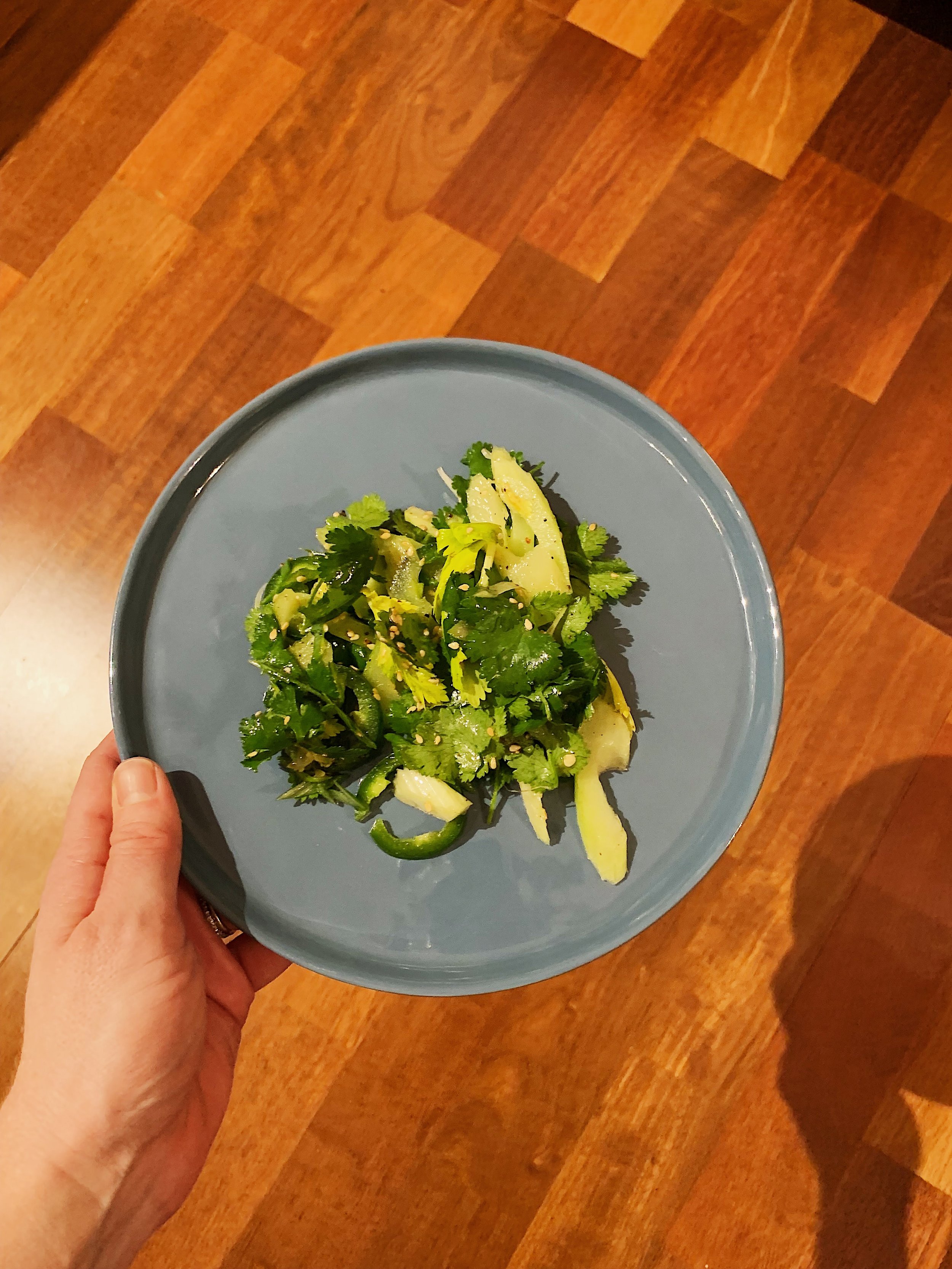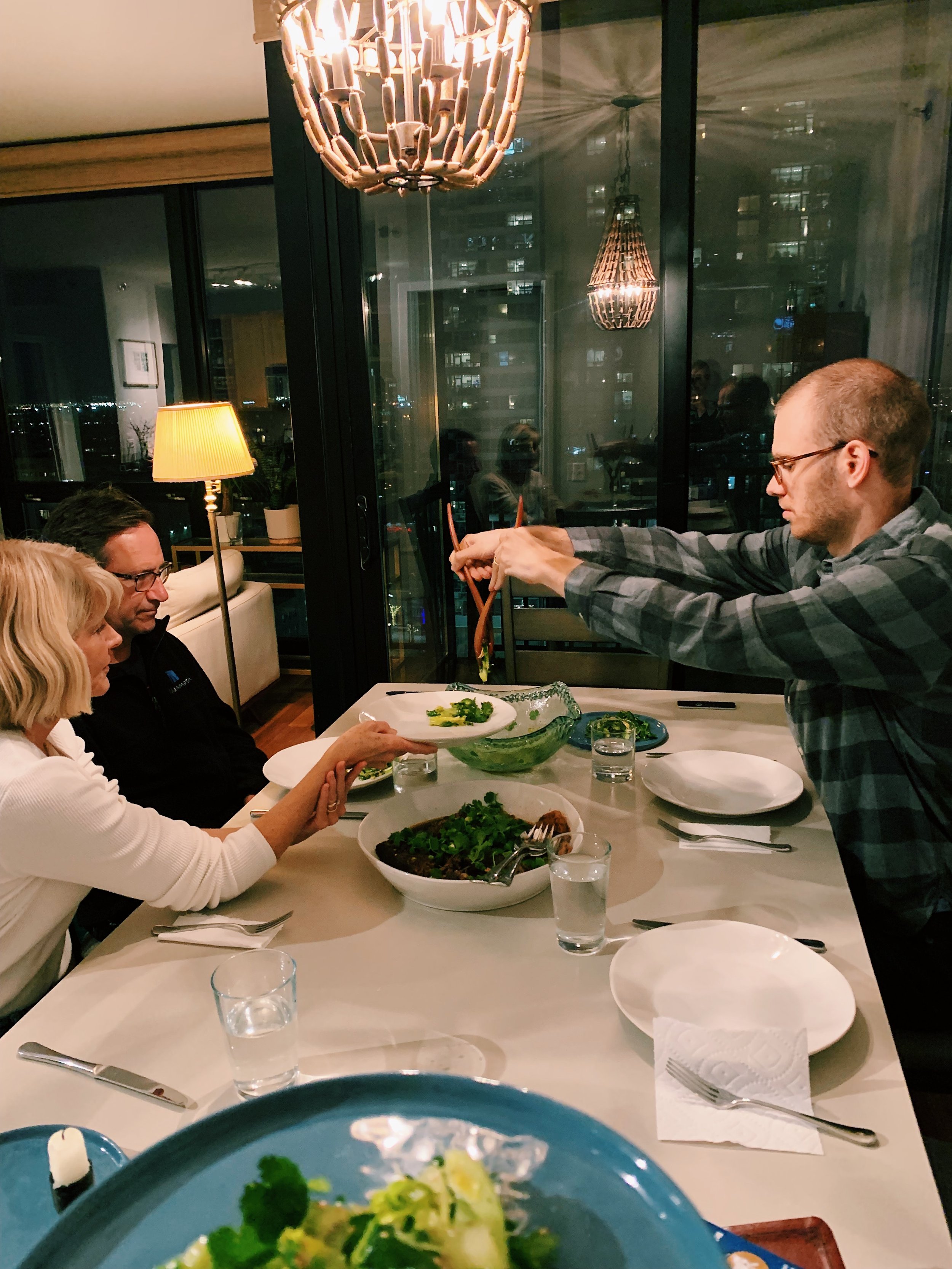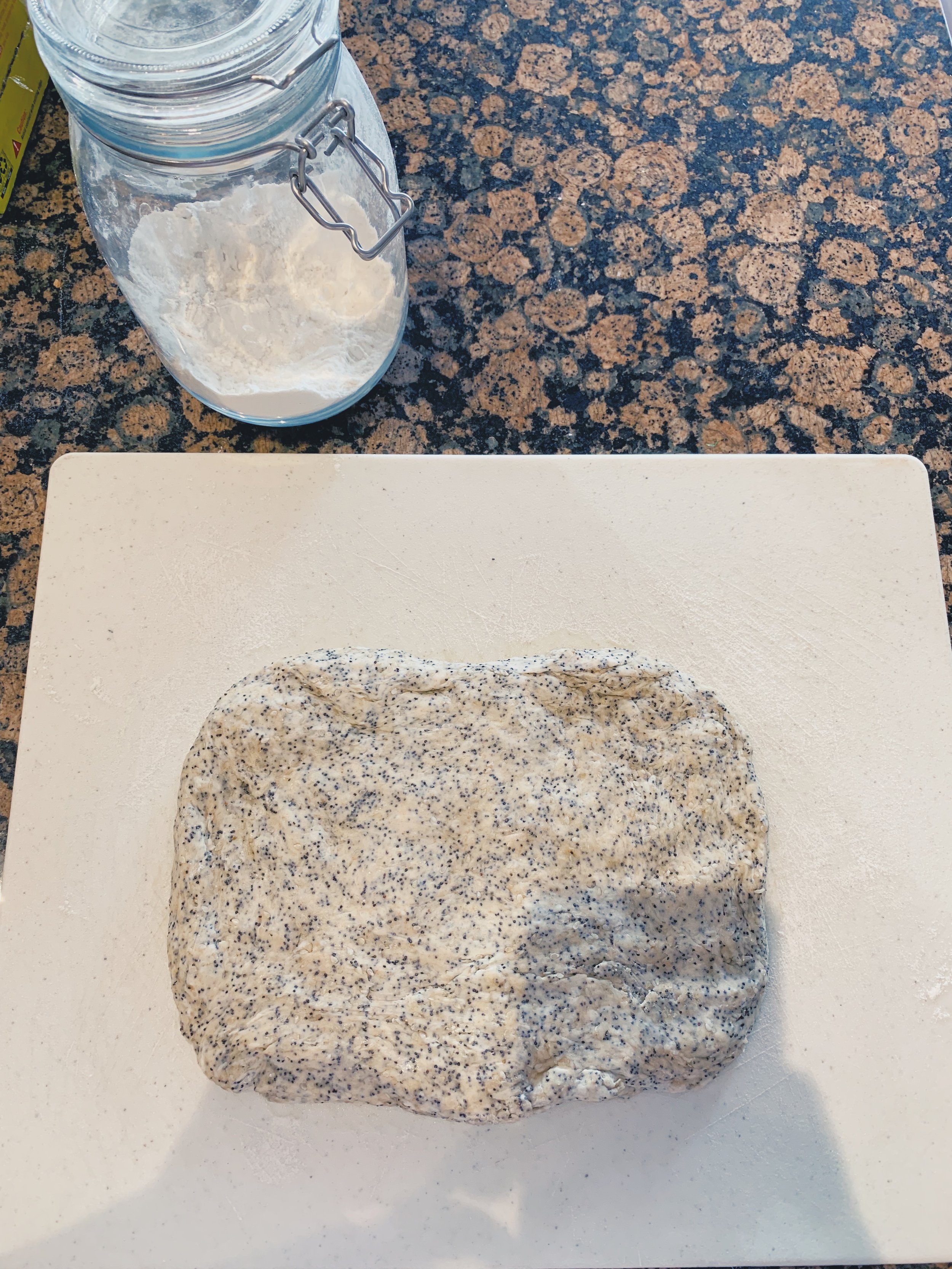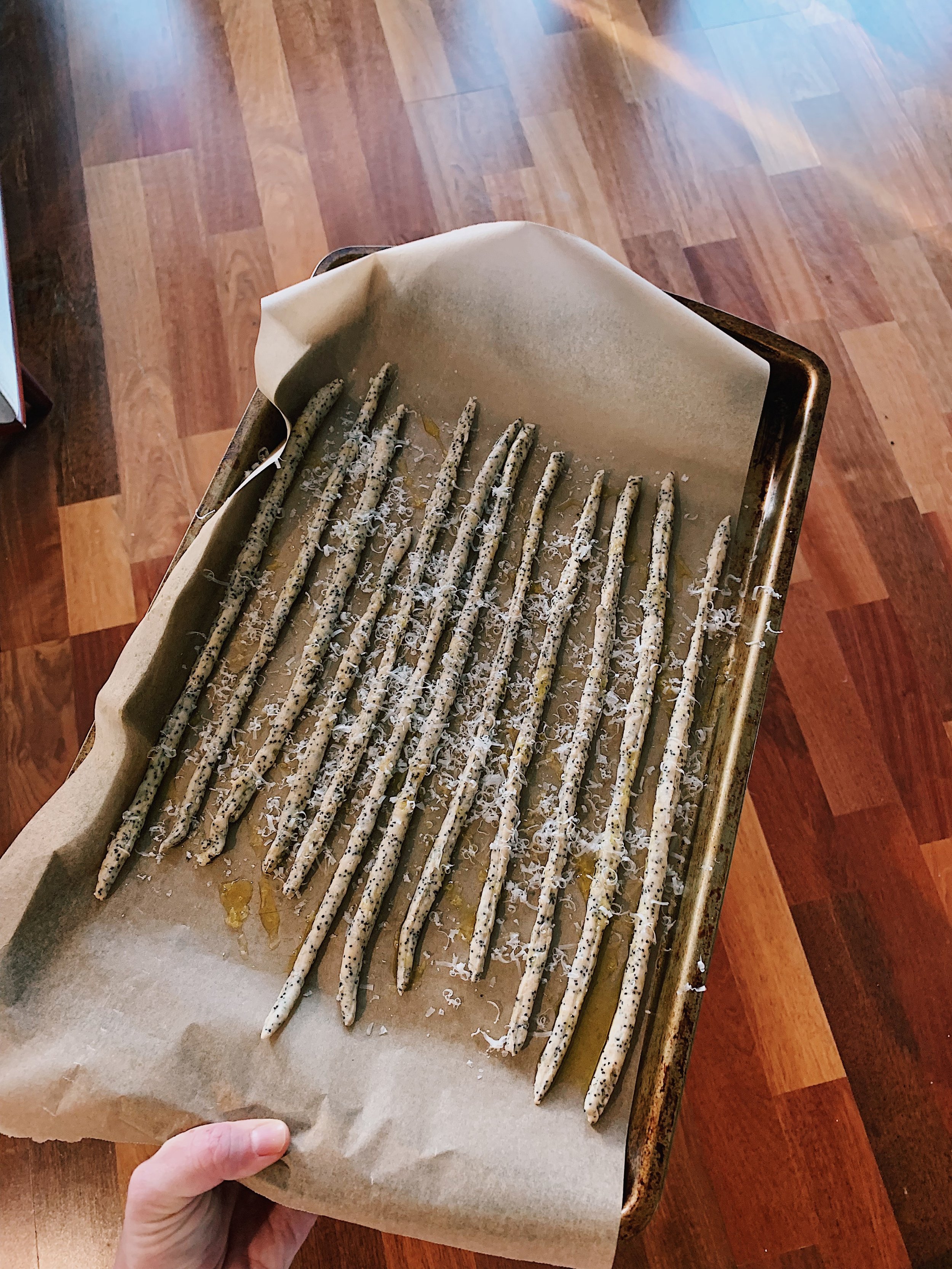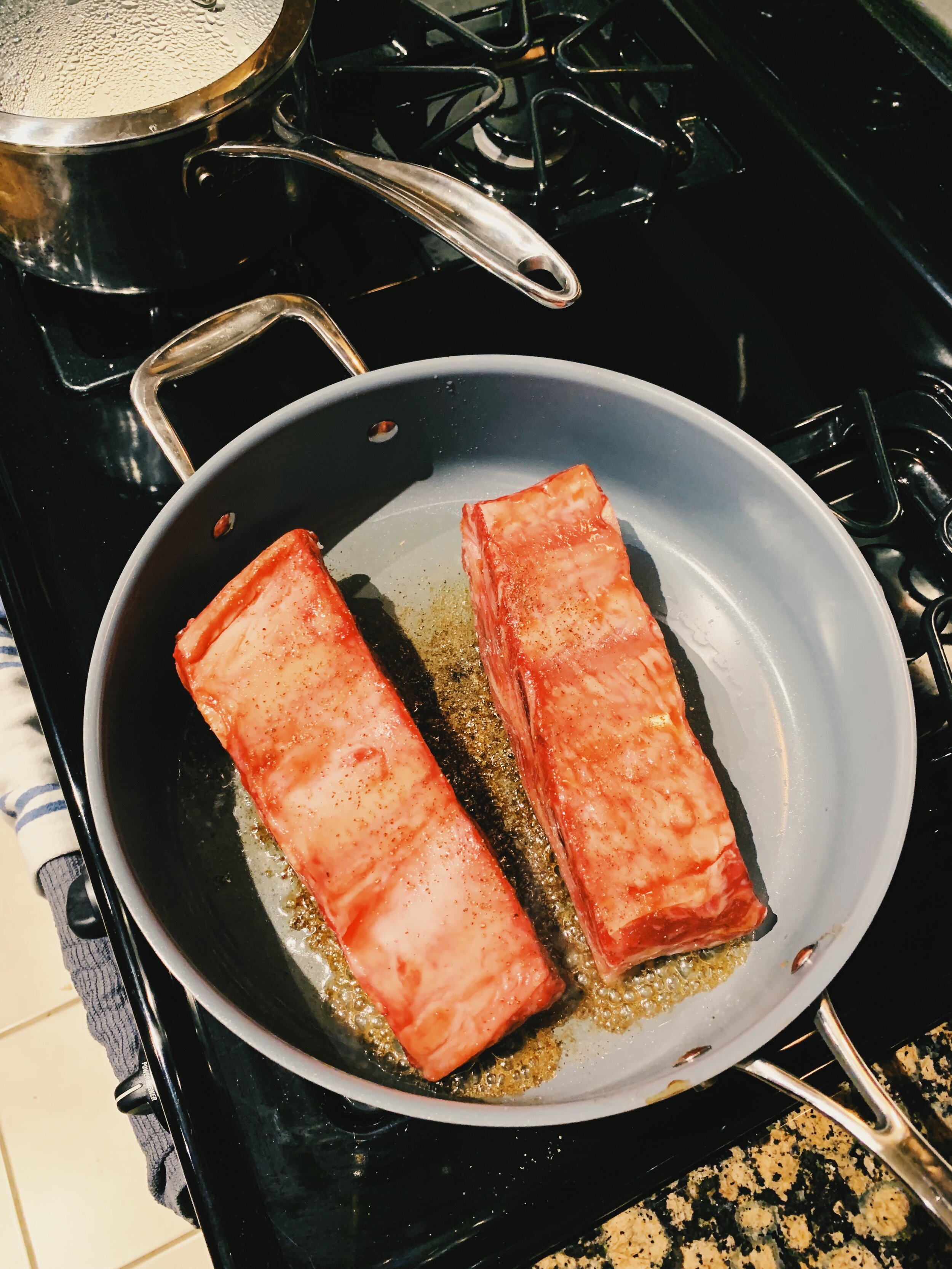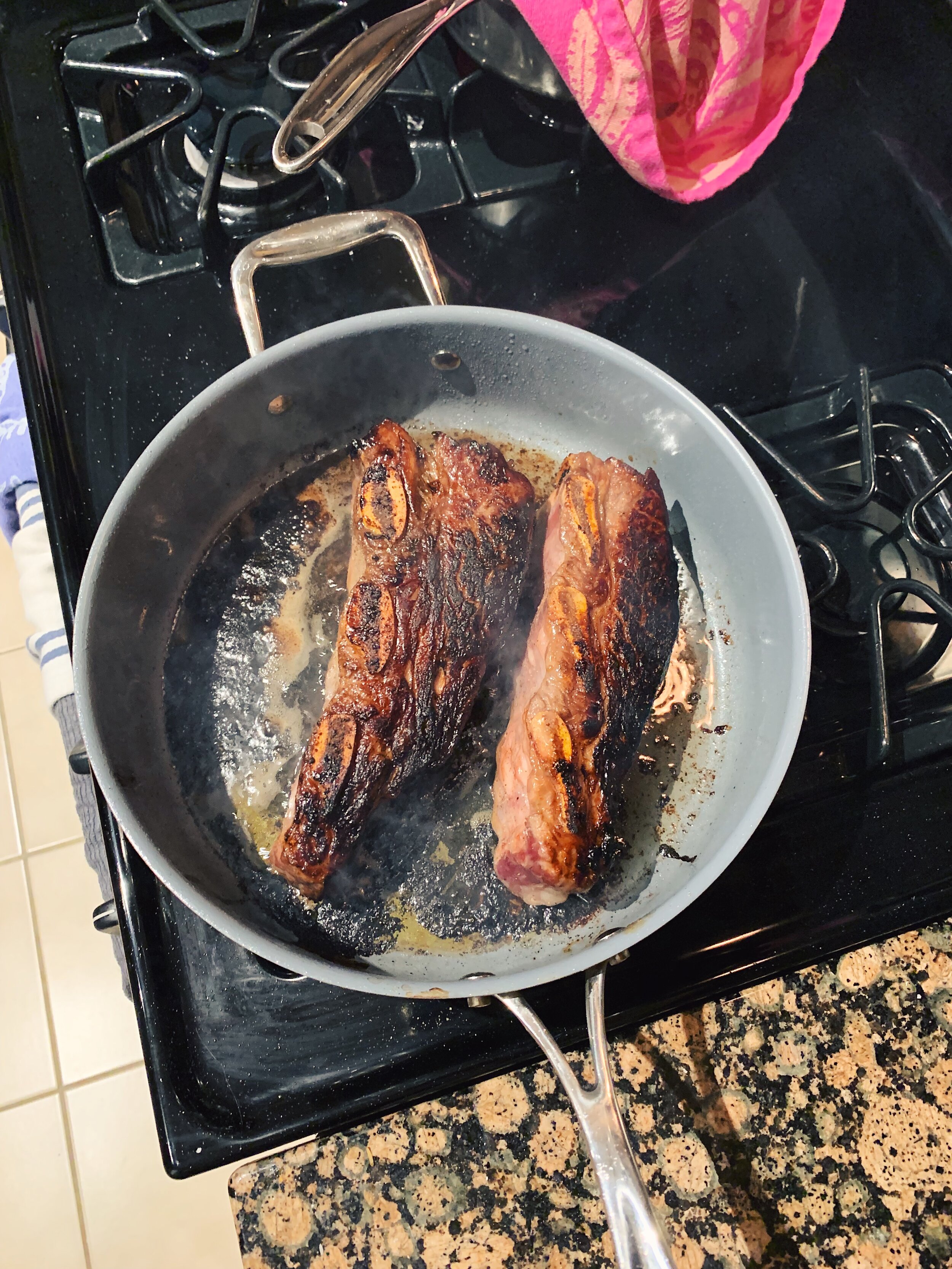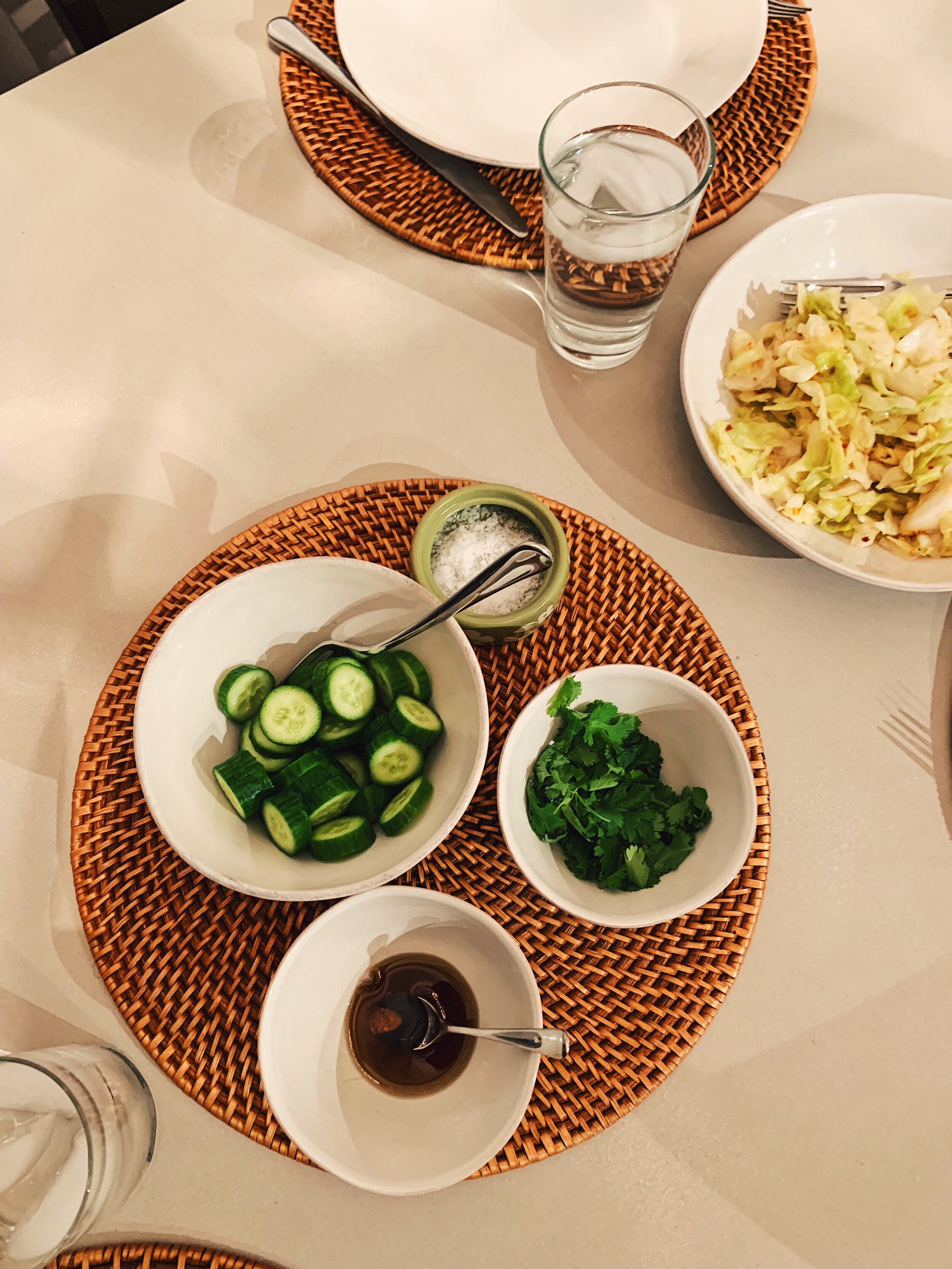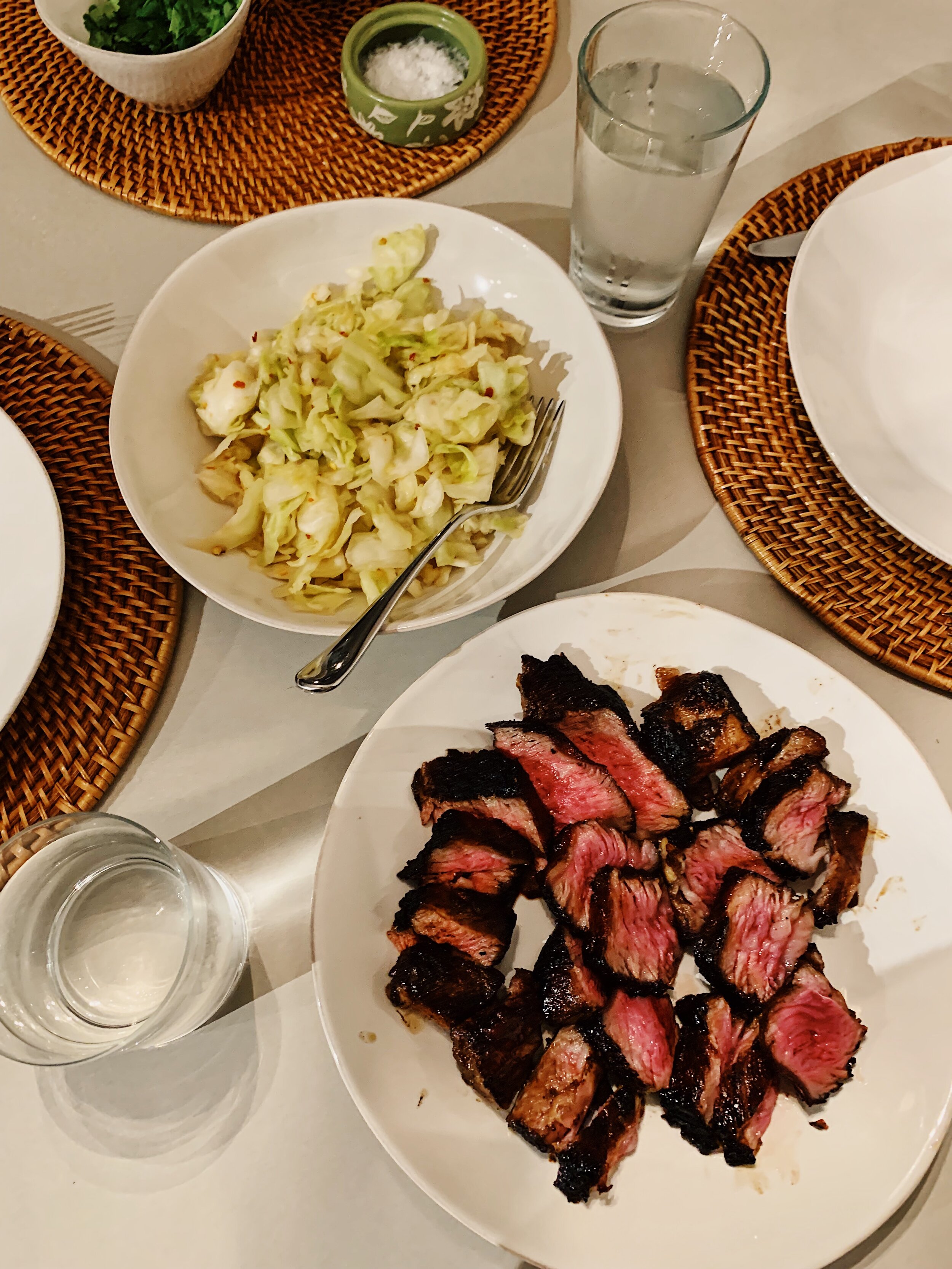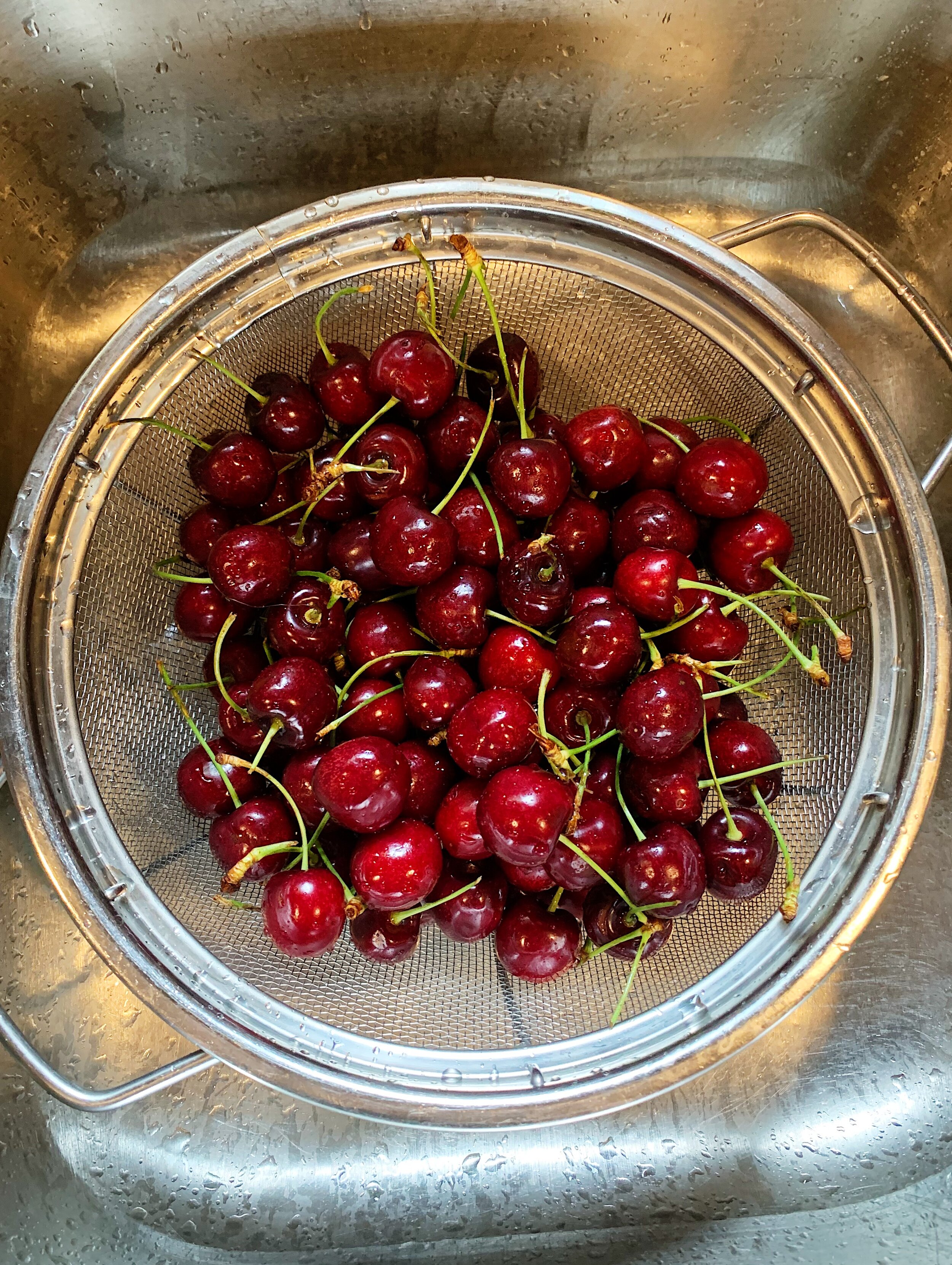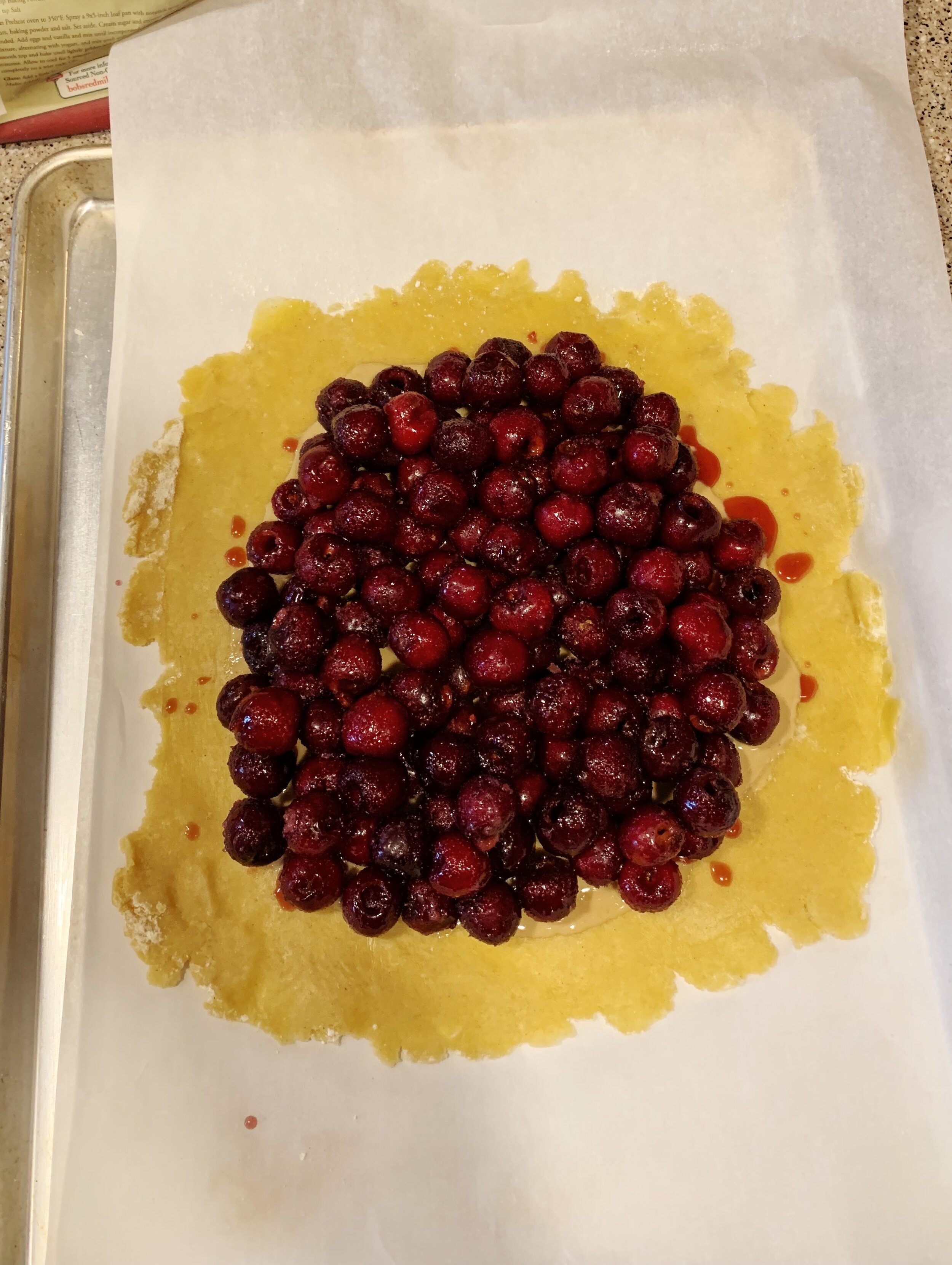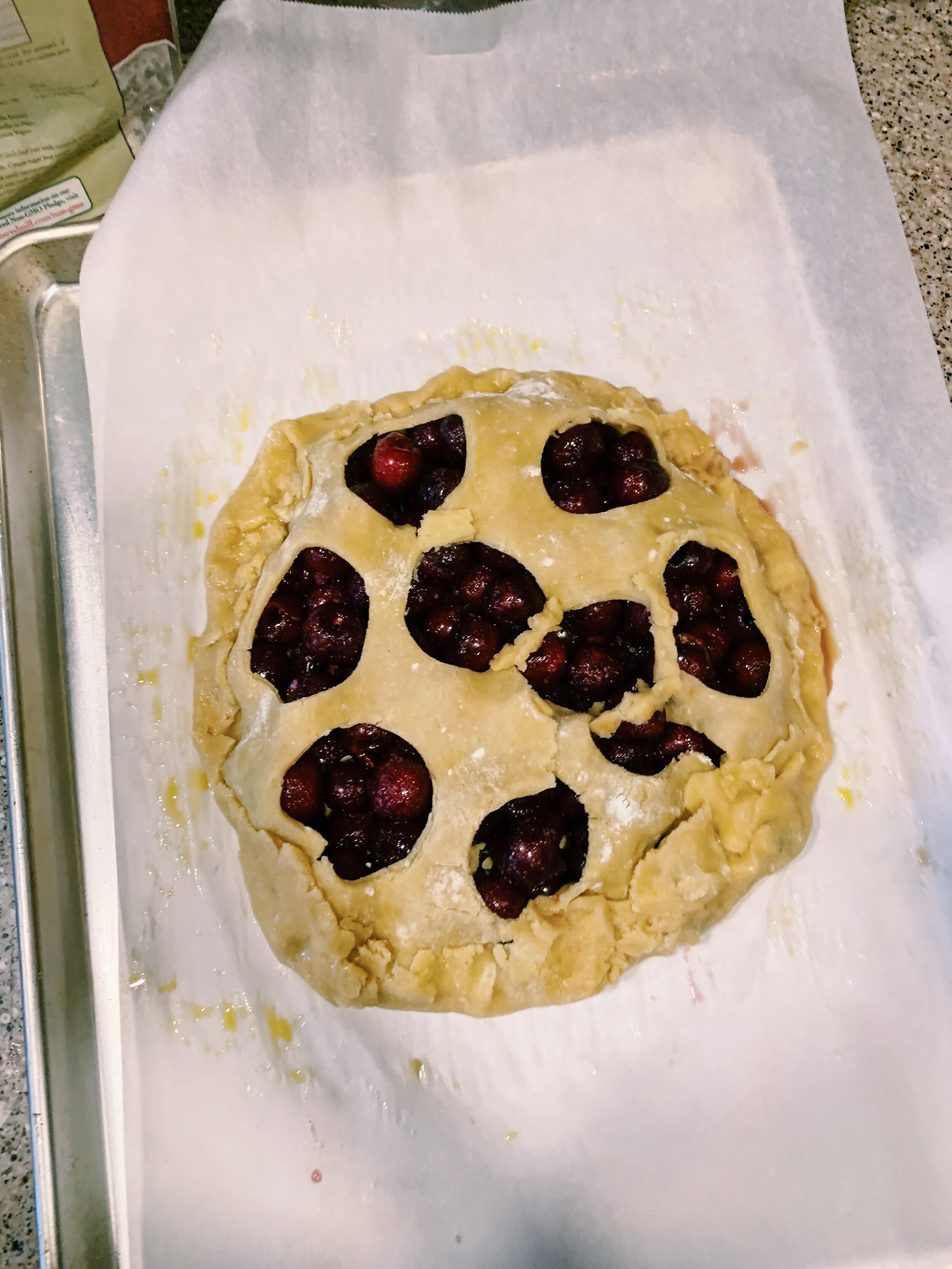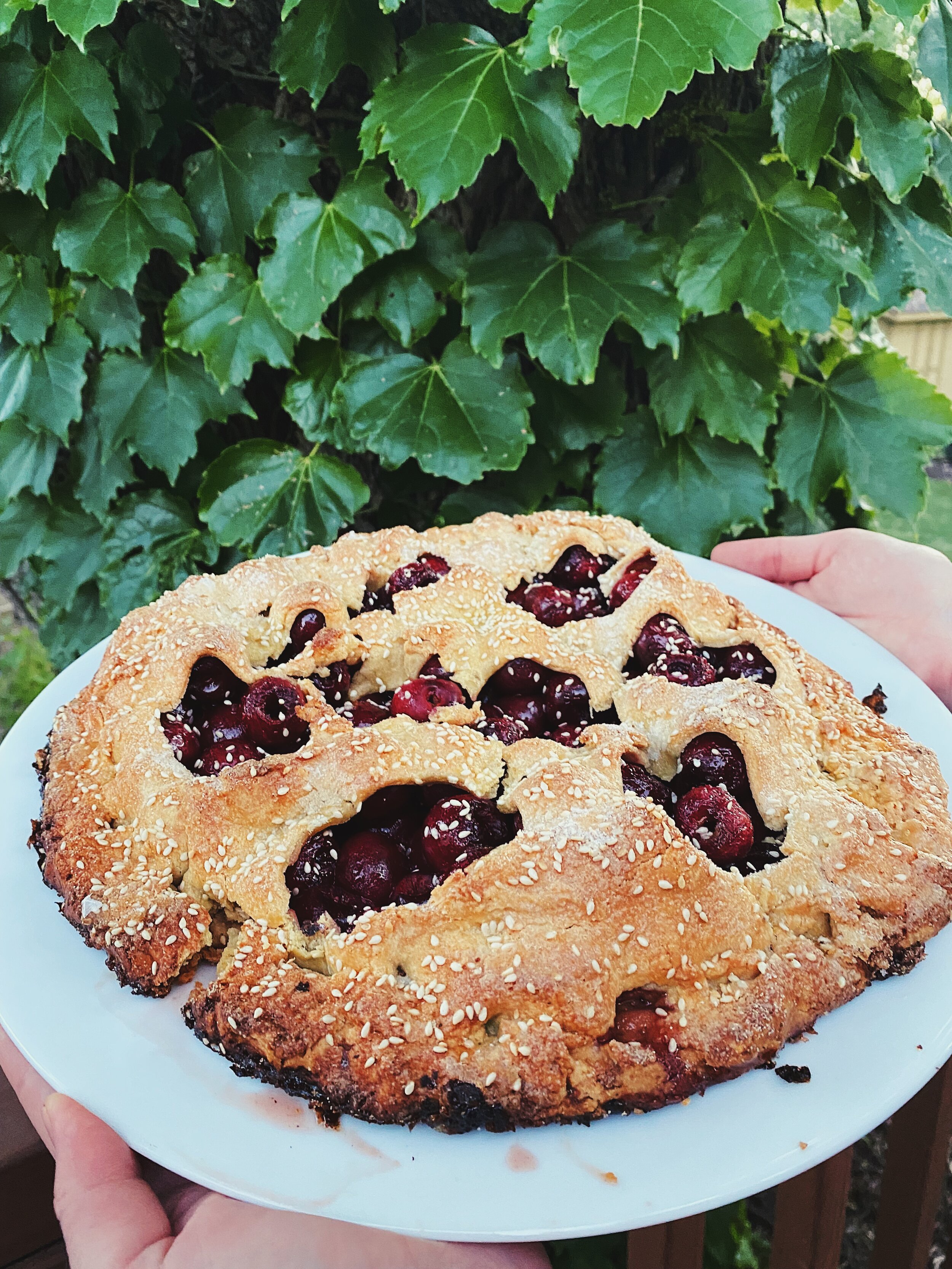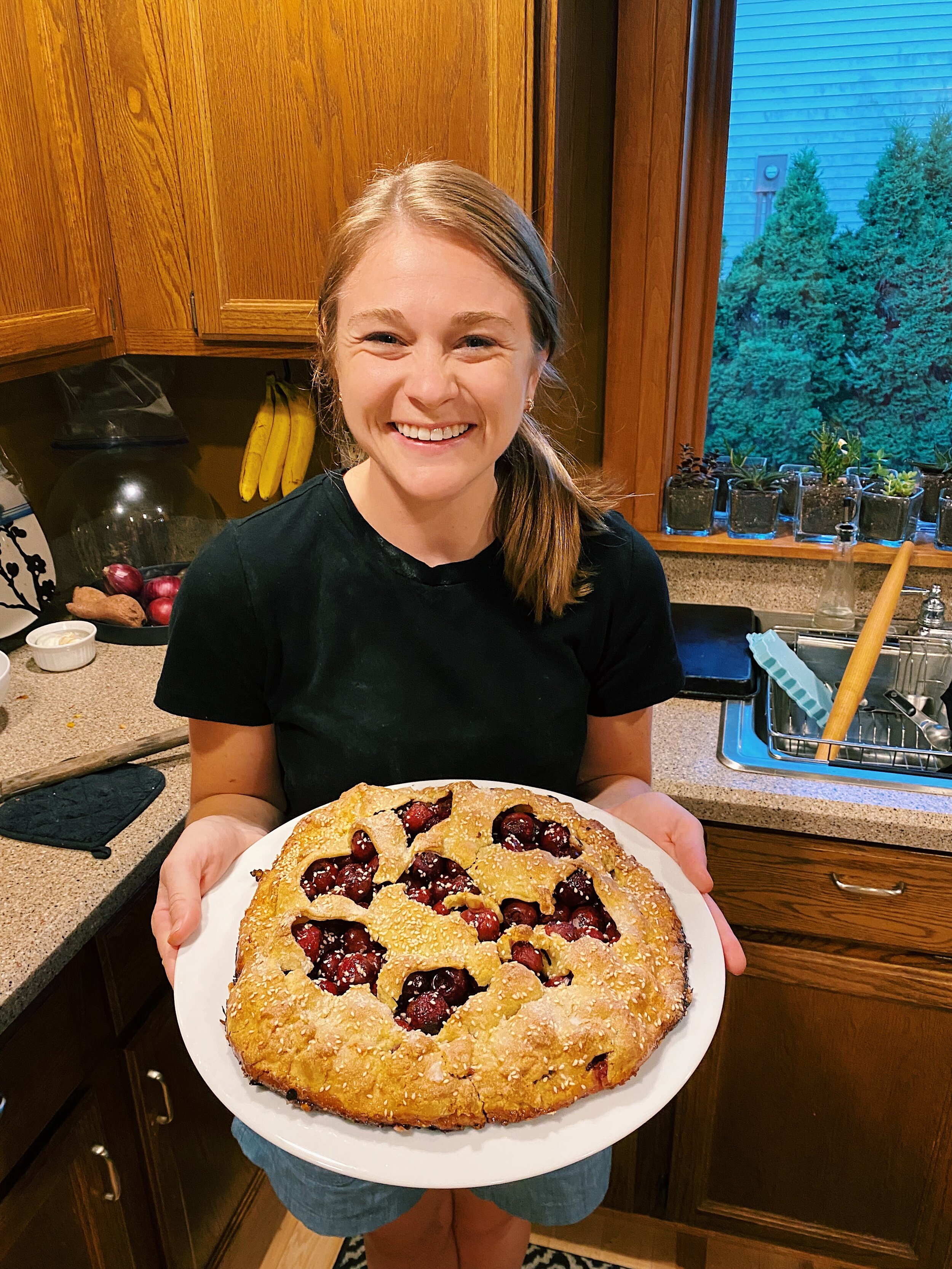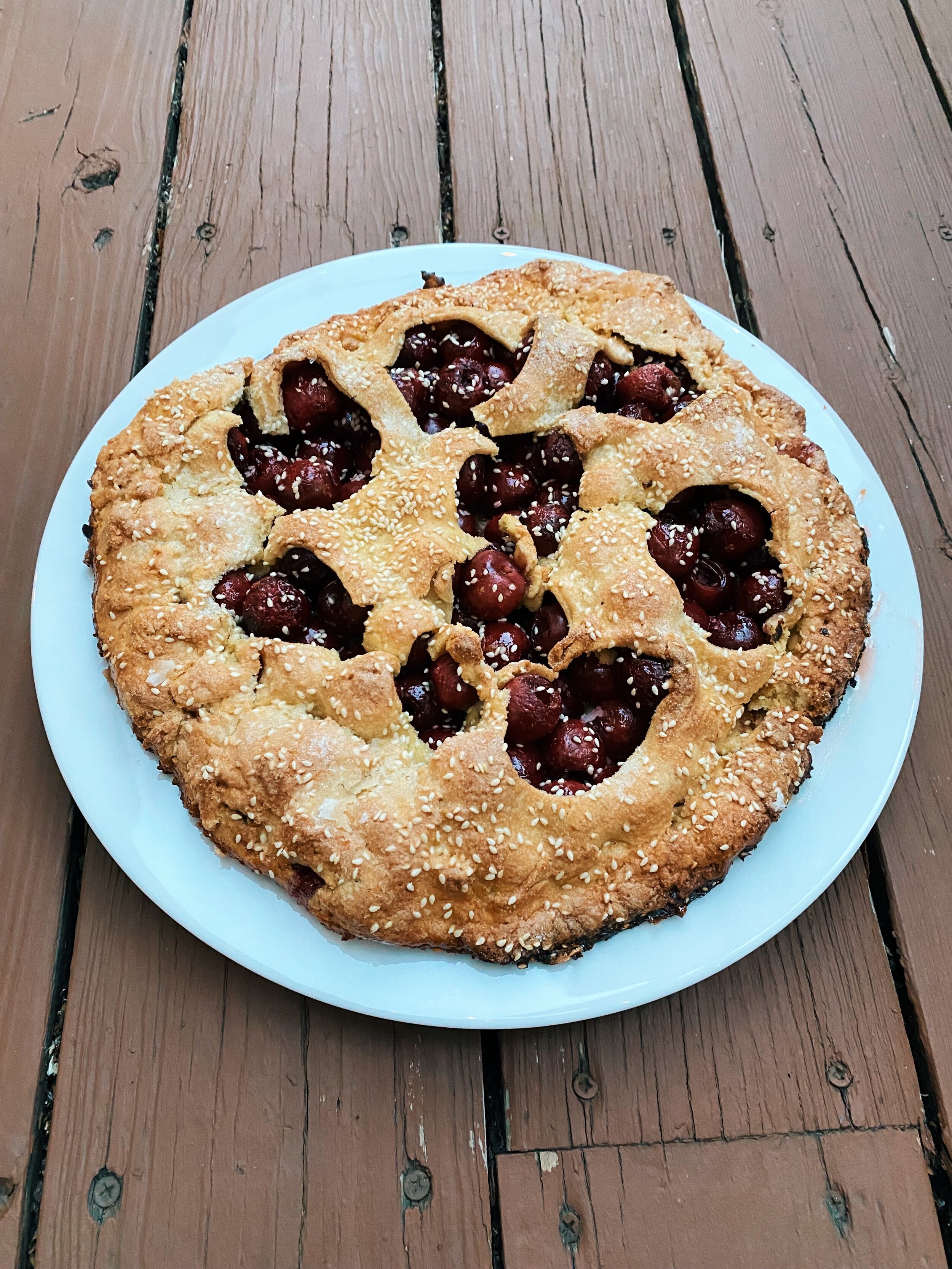I put off a celery salad for as long as I could. I just couldn’t imagine an entire salad made of celery -- a vegetable I don’t dare eat on its own. Its flavor is too strong for me. Eating it requires too much chewing. I don’t mind celery mixed into things like soup, but a base of celery? Never.
I started a new full-time job in September and have made some new coworker pals. One evening after work, I was standing on the train platform, waiting for my ride back home to the city. I stood waiting with one such pal and told her about this project. “Oh Alison Roman! I love her recipes! My favorite is her celery salad with cilantro.” I did a double take. Of ALL the tasty recipes she could choose from, her favorite is a celery salad?! I was stumped.
Of course, I now see a bit more of what she meant. No, this recipe isn’t my top 20 of the 225 recipes I’ve (almost) cooked. But it’s certainly in the top half of Alison salads and it’s something I’d make again. I followed Alison’s suggestion and prepared this recipe alongside her Soy-Braised Brisket (which was even better than I remembered it). The salad’s combination of sesame oil and fish sauce really complement the soy and honey flavors of the meat. Beyond the brisket, this salad would work really well with main dishes like pho, bulgogi, or chicken teriyaki.
While the title suggests that the bulk of the salad consists of celery, I found it to be proportionately balanced with scallions, jalapeño, and cilantro as well. Tossed together with fish sauce, sesame oil, lime juice, and toasted sesame seeds — this celery salad is a wild card front runner I never saw coming.
210 recipes cooked, 15 to go.



